The Chinese Banyan (Ficus microcarpa), also known as the Indian laurel fig or simply the banyan tree, is a species of evergreen tree native to Southeast Asia, including China. This plant belongs to the Moraceae family and is renowned for its ornamental value and adaptability to various environmental conditions.
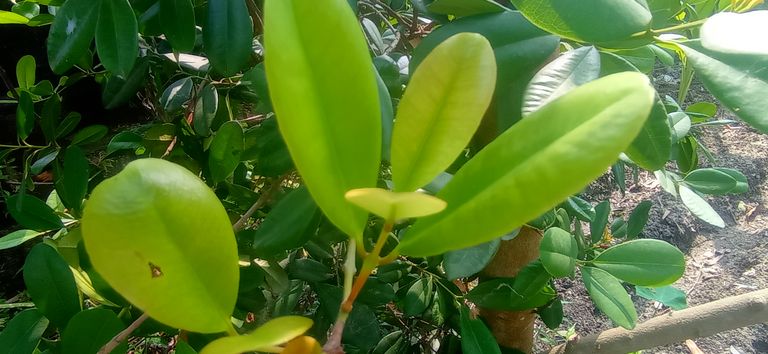
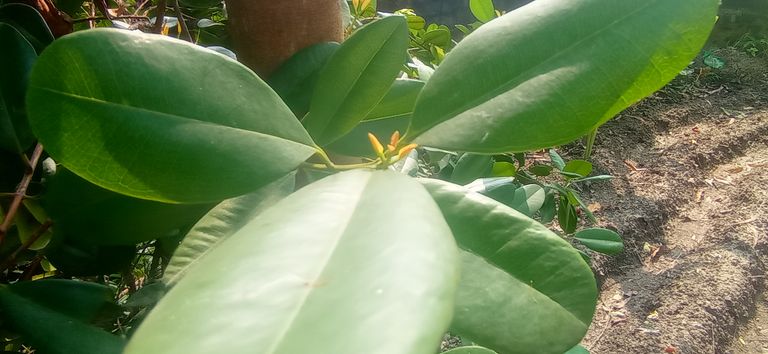
Characterized by its large, leathery leaves and robust, sprawling branches, the Chinese Banyan has a distinctive growth habit. In its natural habitat, it can grow up to 30 meters tall, though it is often pruned and kept smaller in urban and domestic settings. One of its most striking features is its aerial roots, which grow downwards from the branches and take root in the soil, forming a "banyan-like" structure of interconnected trunks. This root system allows the tree to spread across large areas, often creating a dense canopy.
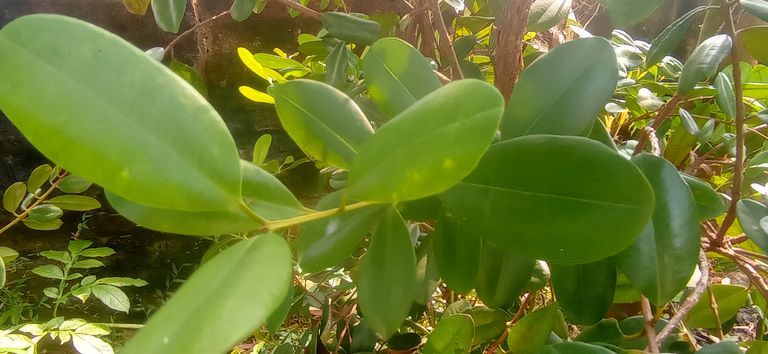
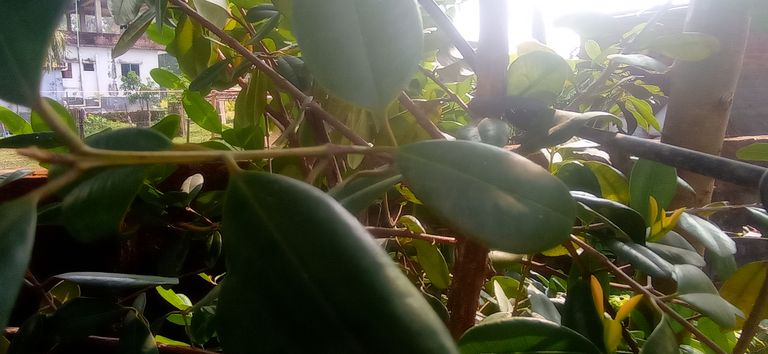
The Chinese Banyan thrives in tropical and subtropical climates and is particularly tolerant of heat and humidity. It prefers well-drained soil and can be grown both in the ground and in containers, making it a popular choice for bonsai cultivation. In addition to its aesthetic appeal, the tree also has cultural significance in various parts of Asia, where it is often planted near temples and revered for its longevity and symbolic connection to the Earth.
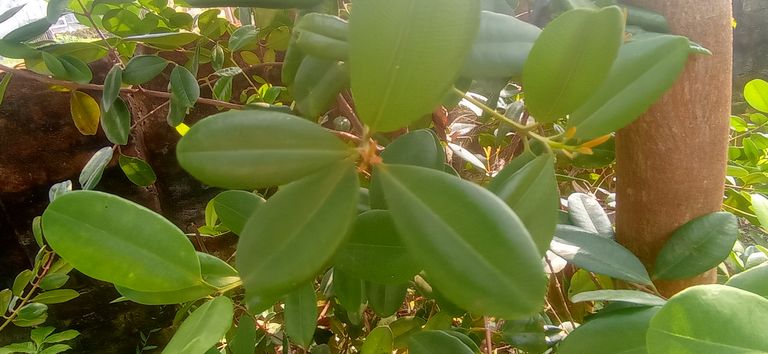

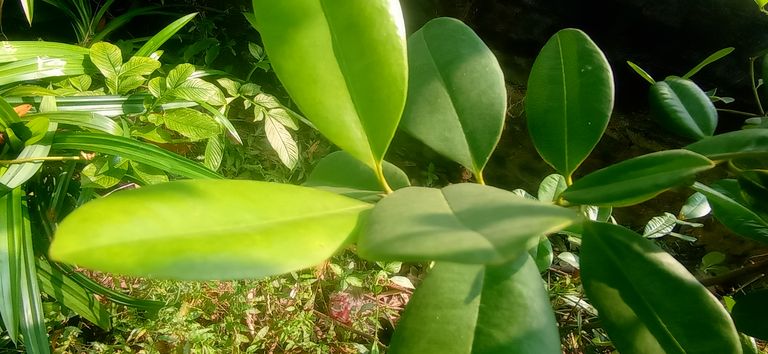
As an indoor plant, the Chinese Banyan is relatively easy to care for, requiring indirect light and regular watering. It is also known for its air-purifying qualities, making it a common choice for indoor spaces. However, it needs to be kept in check due to its potential for rapid growth, particularly when given enough space to spread its roots.
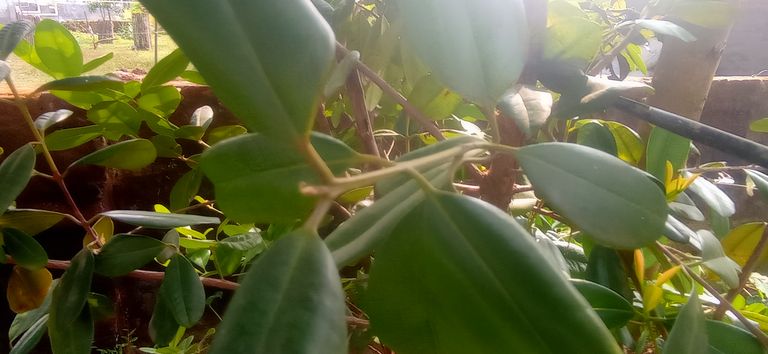
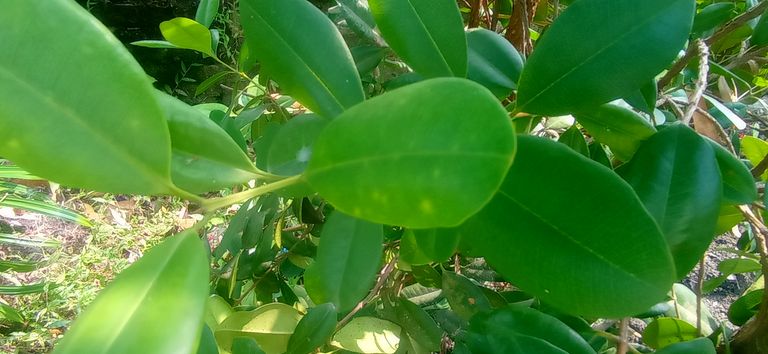
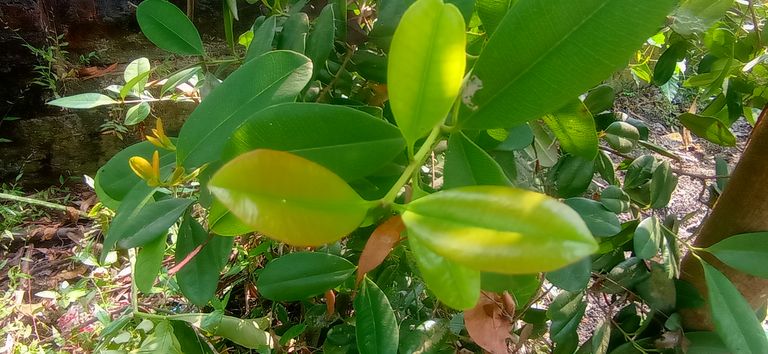
Overall, the Chinese Banyan is a versatile and attractive plant, suitable for both ornamental and practical uses. Its unique appearance and resilience make it a favorite among gardeners and horticulturists worldwide.
Thanks for comming...
Today i get to know about this chinese banyan plant!!